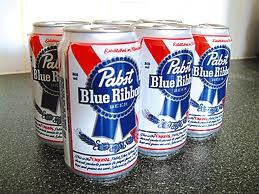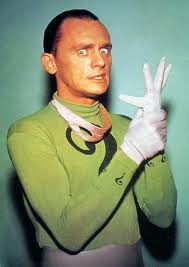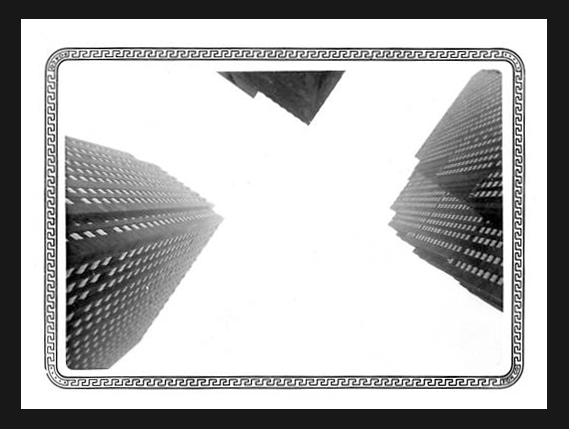Imagined Memory
Of course today the Jell-O offer seems kind of quaint, and even antiquated. I couldn’t even locate the key or combination of keys on my keyboard to make the little ‘cents’ symbol, you know the one with the small ‘c’ and the line through it. I have to think there is still a way to do that, but it’s late and I am quite honestly tired of trying to sort it out. Besides, pretty soon we won’t need the ‘cents’ key at all. Pretty soon we won’t even need coins or cash all that often either, once the iPhone, iPad, BlackBerry method of paying for stuff finally takes hold for good 3.
Have you made it back from the footnotes? Ok, good. So, I was saying the nickel off two boxes of Jell-O deal, while sort of amusing, also tends to evoke a kind of ‘man times sure were crappy back then, I mean, people were going for 5 cents off two boxes of Jell-O? People must have been idiots’, kind of vibe. No cable TV 4, no internet, not much of anything at all. Dick Sargent replacing Dick York.
But at the same time, and especially around the holidays, it is common to look back on those days fondly, and with a sort of wistful appreciation of simpler and (not really but it just seemed that way), more wholesome times. It’s like a reverse nostalgia for times we think we remember. Our memories want to have it both ways I guess.
But I think we can’t really help but to be torn in that way, the past is usually simultaneously depressing and inspiring, dingy and bright, lost forever but always with us, every day, all the time. Some part of the past always endures, either because we like to keep close the memories and relics of the journey that has taken us here, or because we don’t have the strength to let go. Lots of us are hoarding 5 the past, even if others can’t see these collections, we carry them along, often for far too long.
I want some Jell-O I think, served in a 1965-style formica 6 bowl, and Dick York trying to keep Samantha under control. I never even watched Bewitched, and was not born yet in 1965, but no matter.
I think I’m nostalgic for a time that never existed.
1. Unimportant fact number one - Jell-O was invented in Le Roy, NY in 1897 by Pearle Wait (who was in fact, male). Le Roy is about 20 miles or so from where I live, and as far as I can tell is still gravy training on the Jell-O angel today. The Jell-O museum located in Le Roy is a pretty happening place.
2. Unimportant fact two - Bewitched ran from 1964-1972 and starred Elizabeth Montgomery as Samantha (the witch), and two different guys named Dick (York and then Sargent) as her husband Darrin. Over time the first name of ‘Dick’ has fallen in popularity, while ‘Bewitched’ still seems to hold up well.
3. Slightly more important fact three - Mobile payments are quite common and popular in Japan, with an estimated 28 million people using the technology. Today, three major US wireless carriers announced plans to form a joint venture to allow their customers to pay for goods and services with their mobile devices. The venture, code named Isis, is expected to launch with debit, credit, and prepaid options. Of course the major credit card issuers, Visa and MasterCard, are not participating in this venture, as they are expected to offer their own version and technologies for mobile payments soon.
4. Back to less important fact four - Cable TV was introduced in the United States in 1948 in Arkansas, Oregon, and Pennsylvania. Not on the same carrier however, that would have been a large cable. But most US-based readers will recall Cable TV as being ‘born’ on August 1, 1981 when MTV played ‘Video Killed the Radio Star’ by the Buggles.
5. Clearly unimportant fact five - Compulsive Hoarding, defined as the is the excessive acquisition of possessions (and failure to use or discard them), even if the items are worthless, hazardous, or unsanitary, is enjoying a recent run of popularity on American Cable TV. ‘Hoarders’ on the A&E network, and ‘Hoarding: Buried Alive’ on TLC both take the viewer inside the homes (if they can get through the door), of compulsive hoarders and provide psychological and physical assistance to try and help the hoarders and their families reclaim their homes (and lives) from seemingly living, breathing, piles of clutter.
6. Last fact of the post six - Formica was invented in 1912 by engineers at Westinghouse. While it gained, and to some extent still has popularity as a floor and counter covering material, I am imagining it being used to make bowls in the 1960’s, bowls out of which I would eat my Tropical Fruit Jell-O, in my imagined memory.

 Steve
Steve





